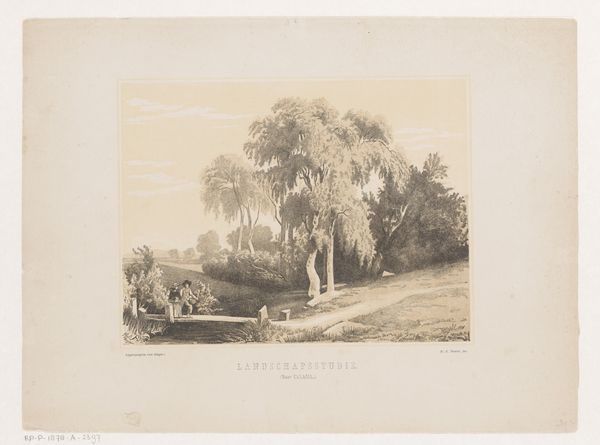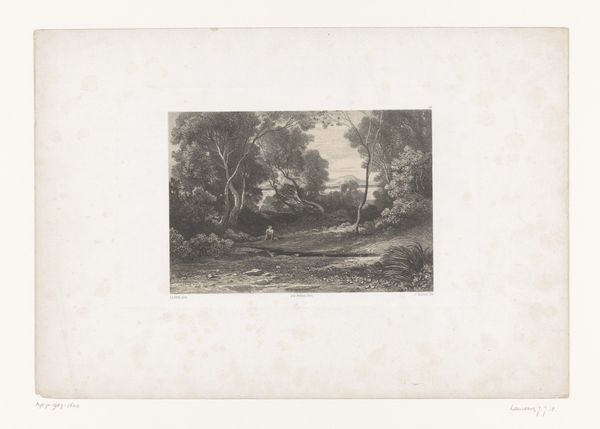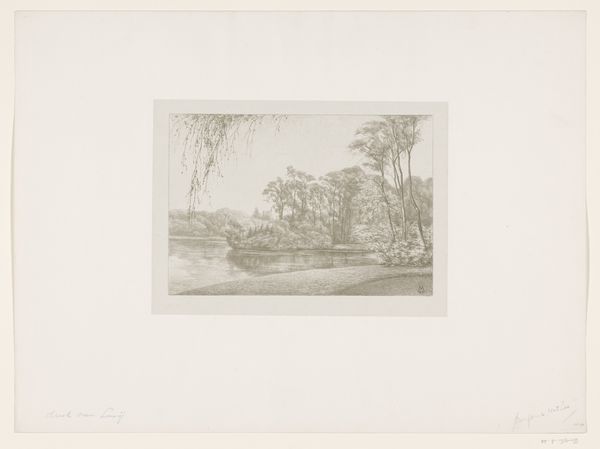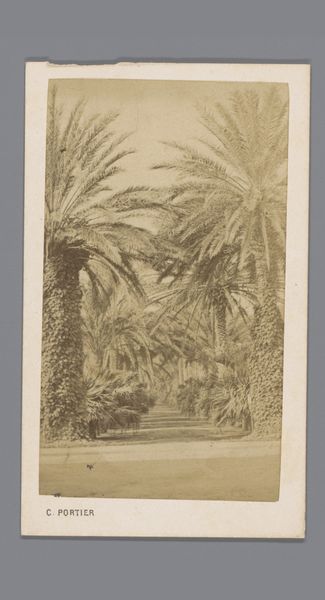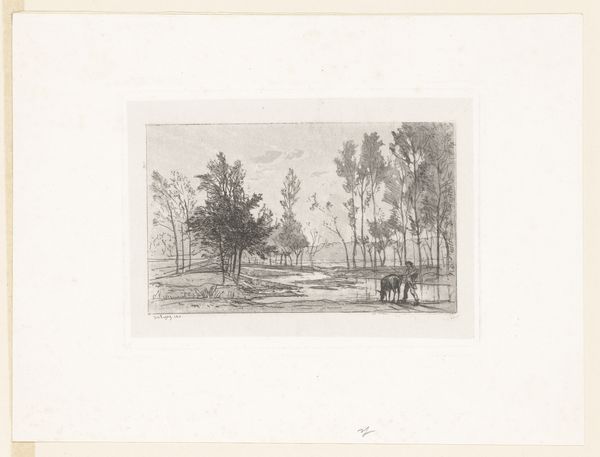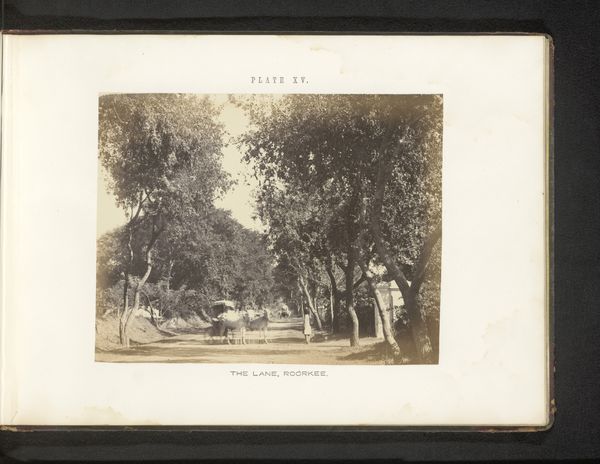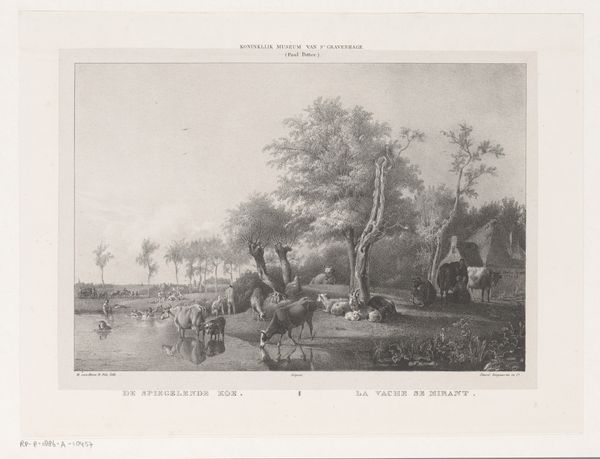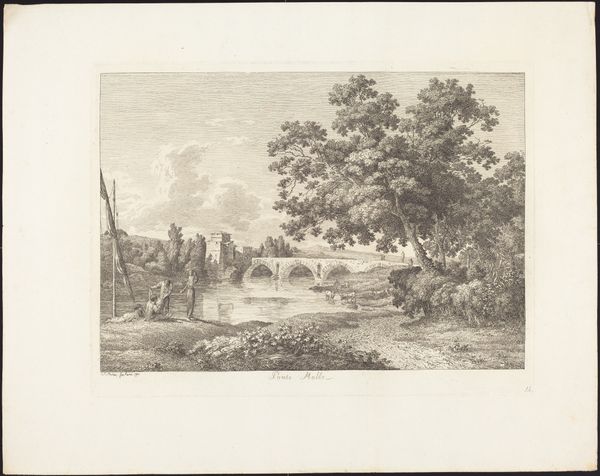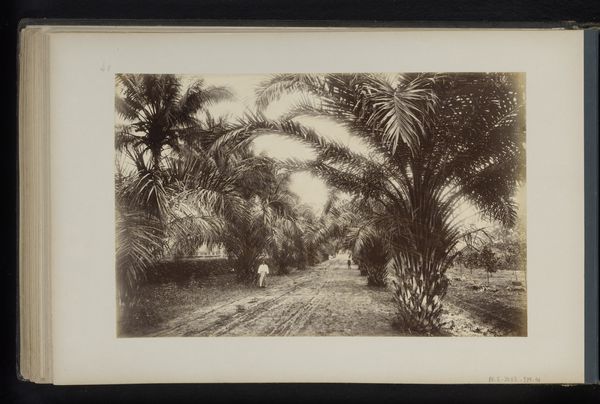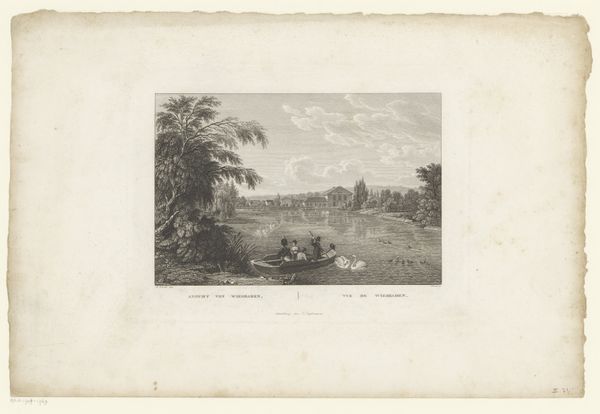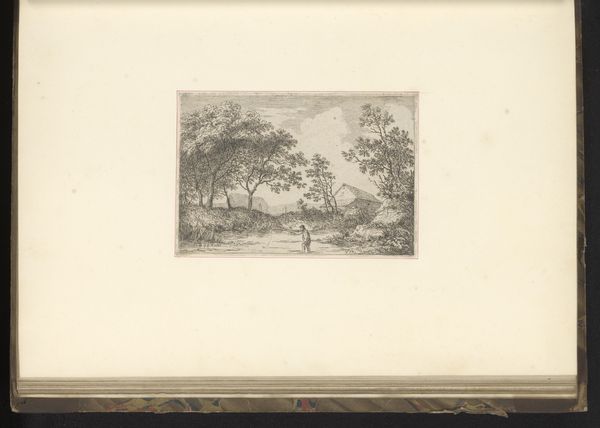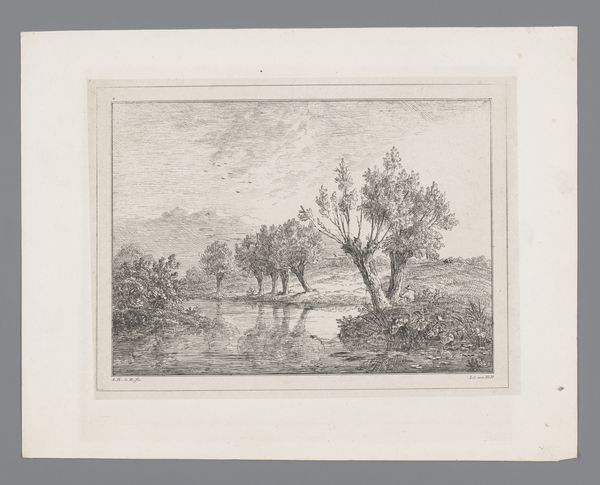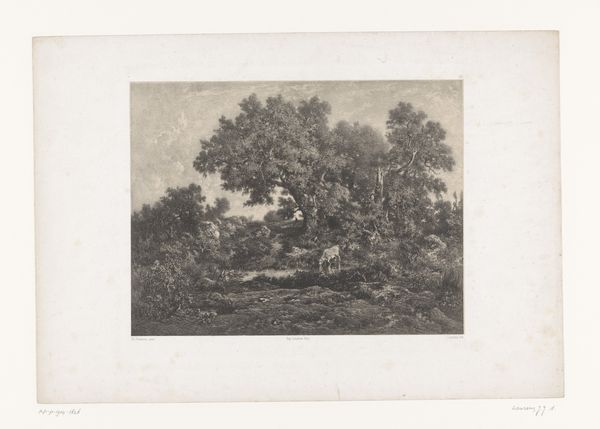
print, photography
#
tree
#
pictorialism
# print
#
landscape
#
photography
Dimensions: height 209 mm, width 266 mm
Copyright: Rijks Museum: Open Domain
Curator: I’m immediately drawn to the sense of quiet, the almost sepia-toned stillness in this photograph. It feels like a secret garden, hidden in plain sight. Editor: That's a keen observation. This is "Gezicht op Jardin d'essai du Hamma," or "View of the Jardin d'essai du Hamma," a print created between 1880 and 1900. The artist behind this work is Étienne Neurdein, a photographer who captured scenes primarily in Algeria. Curator: Neurdein... It looks like he intentionally blurred the details. You get the general sense of a botanical garden, a place of cultivated exoticism, but with an emphasis on mood over precision. Pictorialism, wasn't it called? Editor: Precisely! Pictorialism aimed to elevate photography to the level of fine art, focusing on atmosphere and emotional impact rather than purely objective documentation. Photography during the colonial era often depicted "exotic" locals and landscapes. Curator: Right. So the romantic framing becomes part of the story—the desire to capture something wild yet tamed. The palms feel both inviting and a bit foreboding, shrouded in shadow as they are. Palm trees in these prints were signifiers, a way to showcase the exotic lands under colonial authority. Editor: That is absolutely reflected here! Consider also that Jardin d'essai du Hamma was established in 1832, during the early years of French colonization. These sorts of gardens had a strong purpose in both agricultural acclimatization and the shaping of scientific ideas about the colonies. Curator: You’re so right! What do you make of its historical context, knowing this photograph circulated in a moment of rising colonial presence? Editor: Images like these helped construct and circulate ideas about Algeria—as a fertile land and a colonial "jewel," open to cultivation and, arguably, exploitation. It played a powerful role in visually shaping the public imagination. Curator: And, beyond that political subtext, the photo reminds us how we romanticize what we "cultivate," projecting desires for paradise onto distant lands. Thank you. I'll remember that on my next trip. Editor: An essential, and beautiful point to consider for a long time to come, thank you.
Comments
No comments
Be the first to comment and join the conversation on the ultimate creative platform.
